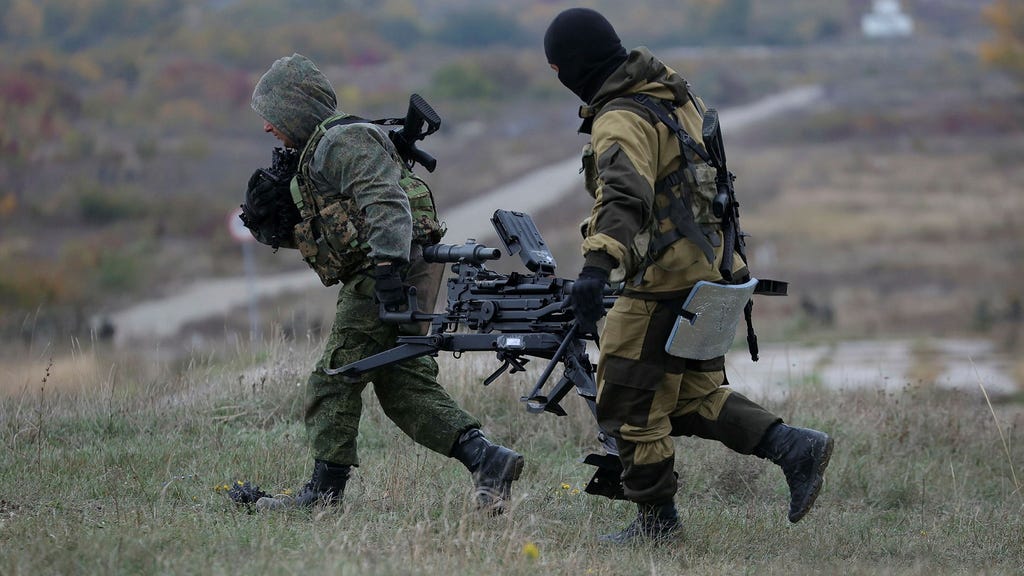In 2014, concurrent with the annexation of Crimea, Russia orchestrated a provocative military exercise in East Asia. Two Russian bombers embarked on a 17-hour flight maneuvering along the borders of Japan and South Korea, prompting a combined response of 39 aircraft from both countries on 18 separate occasions. Leaked documents obtained by the Financial Times reveal this operation was a meticulously planned probe of Japanese and South Korean air defenses, part of a broader Russian military strategy to prepare its officers for potential conflict in the Asian theatre. This incident, according to former NATO arms control expert William Alberque, underscores the inextricable link between European and Asian geopolitical landscapes, highlighting the potential for conflicts in one region to trigger repercussions in another.
The leaked documents expose a detailed Russian contingency plan for war in East Asia, outlining 160 potential targets for missile and air strikes across Japan and South Korea. These targets encompass 82 military installations, including headquarters and radar systems, and a further 78 civilian infrastructure points, ranging from roads, tunnels, and bridges to nuclear power plants. The documents even include animated simulations illustrating the projected blast radii and aftermath of potential explosions. Some entries meticulously detail the defensive capabilities of specific targets, such as the troop strength and required force needed to breach a South Korean bunker, demonstrating a high degree of premeditation in target selection. This comprehensive targeting strategy reveals the extent of Russian military planning for a potential conflict in the region.
While Japan and Russia have yet to formally conclude a peace treaty since World War II, the perception of Russia as an adversary is surprisingly low among the Japanese populace. Michito Tsuruoka, a professor at Keio University, notes that a conflict with Russia would present unique challenges for Japan. Unlike potential conflicts with North Korea or China, where early warning systems would likely provide ample time for preparation, an escalation stemming from Europe could catch Tokyo off guard, limiting options for preventative action. This highlights a vulnerability in Japan’s defense posture, particularly concerning scenarios where a European conflict triggers a chain reaction leading to hostilities in Asia.
The Russian documents unearthed by the Financial Times shed light on Moscow’s anxieties regarding its eastern flank in the event of a conflict with NATO. The Kremlin fears that a war in the west could embolden American allies in the east to launch their own offensive. This fear underscores Russia’s strategic vulnerability, being geographically positioned between two potential adversaries – NATO in the west and American-aligned powers in the east. The documents, along with Russia’s reported recruitment of North Korean troops, further emphasize the interconnectedness of global conflict, reinforcing Alberque’s assertion that events in Europe and Asia are intrinsically linked.
The documents offer insight into Russia’s military thinking circa 2013-2014, revealing meticulous preparations for a potential war in Asia. However, they also expose an overreliance on missile systems that have subsequently proven less effective than anticipated, as evidenced by their underperformance in the Ukrainian conflict. Despite this, the documents’ relevance extends beyond historical analysis, as a 2024 flight path of two Russian military aircraft mirrored the 2014 bomber route, suggesting a continued interest in the region and a potential adherence to previously established contingency plans.
The revelation of these documents provides a rare glimpse into the intricacies of Russian military strategy and its interconnected global perspective. It underscores the potential for seemingly localized conflicts to escalate into broader geopolitical confrontations, highlighting the need for vigilance and preparedness on multiple fronts. The Financial Times’ attempt to solicit a response from Dmitry Peskov, Vladimir Putin’s spokesperson, further emphasizes the significance of these findings and the potential implications for international relations.














